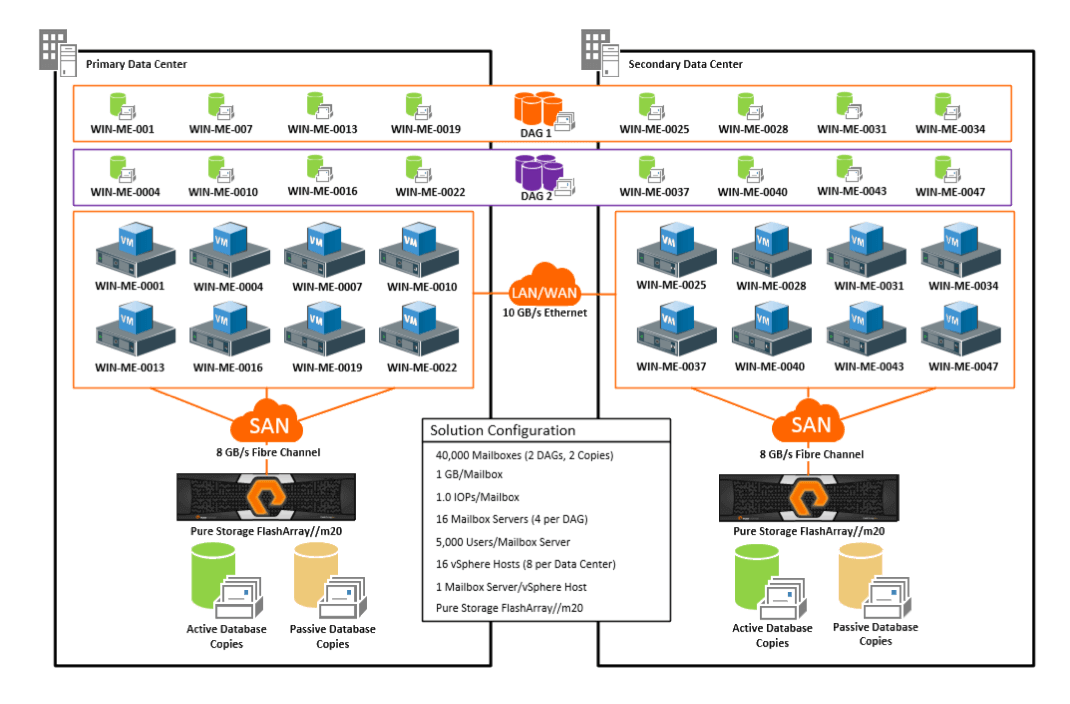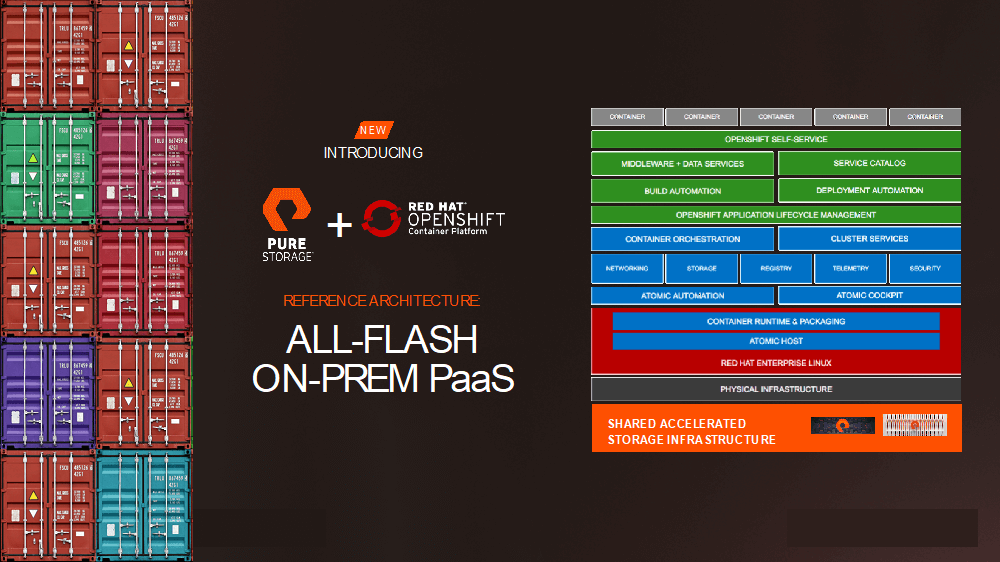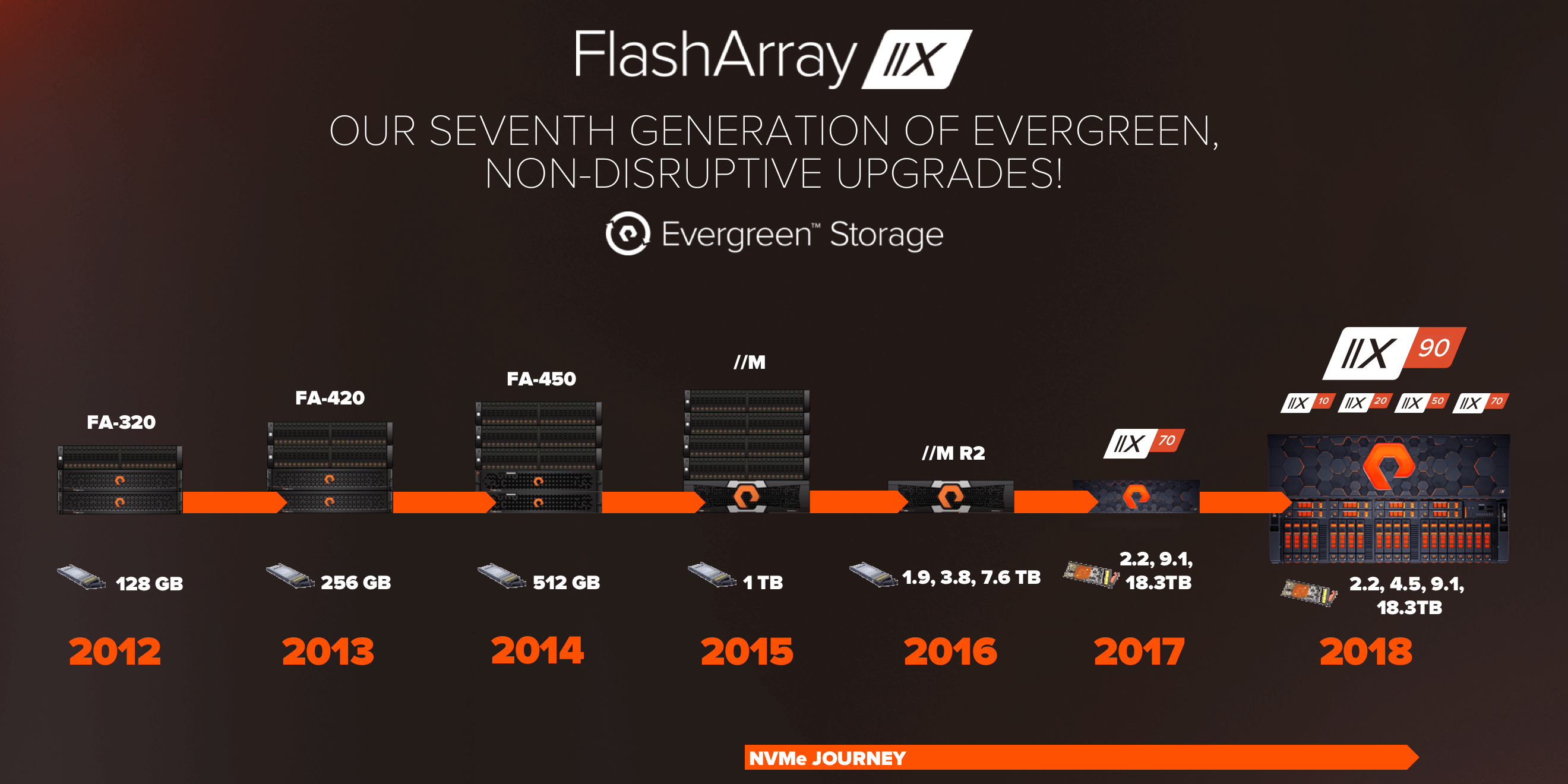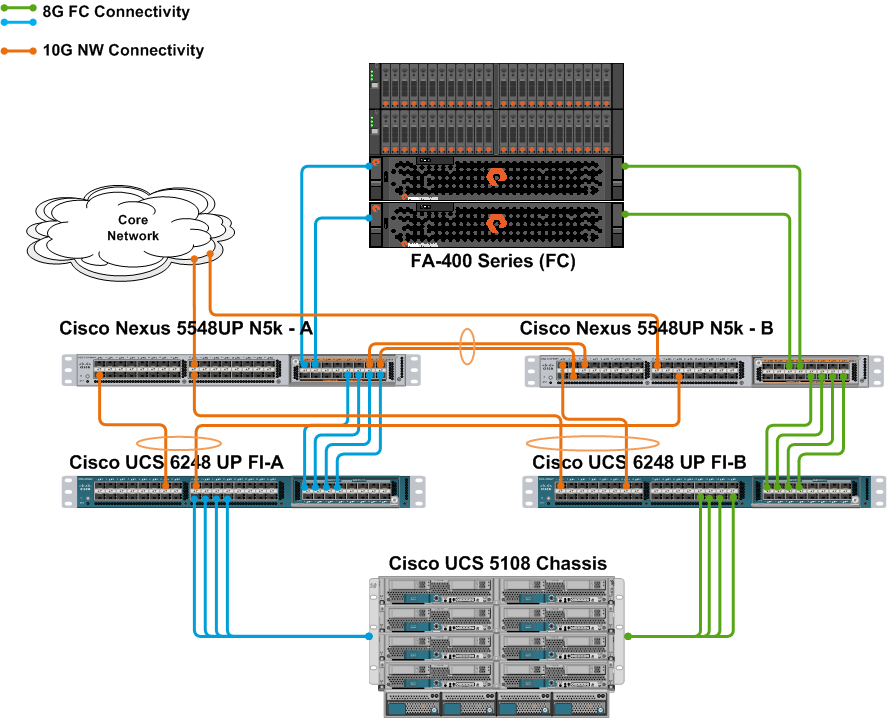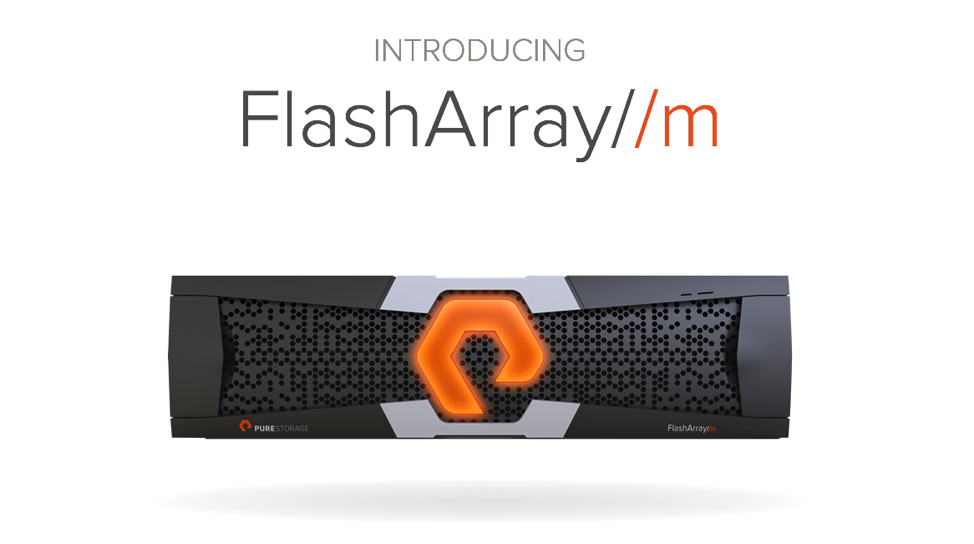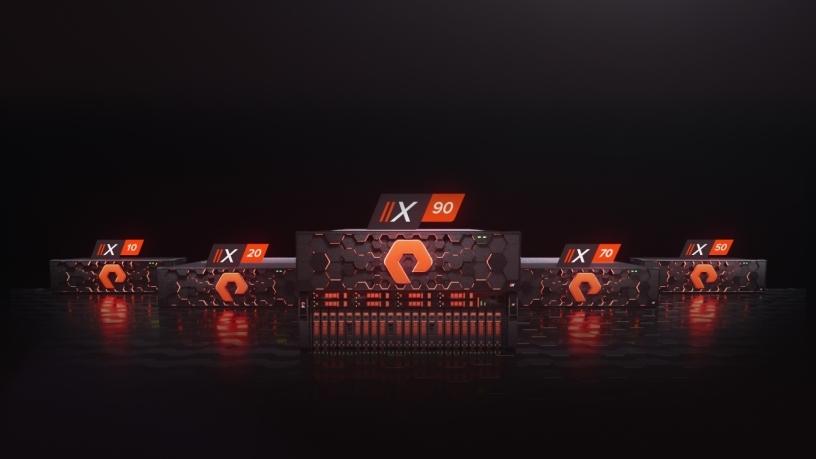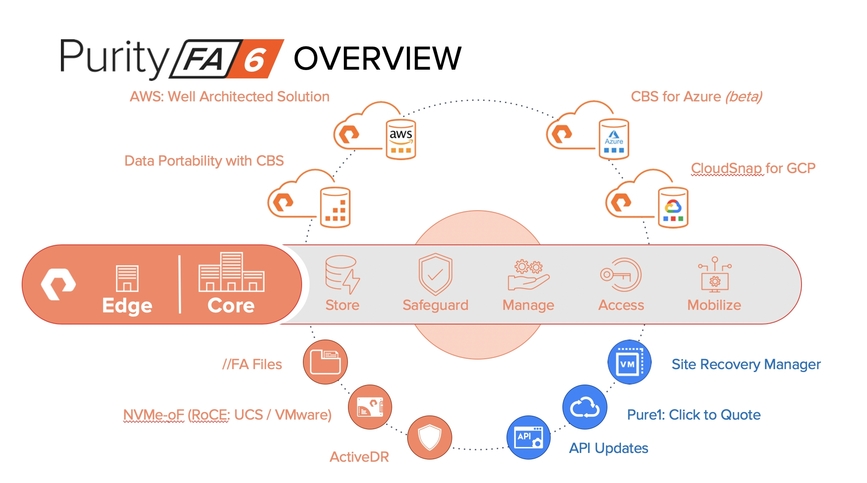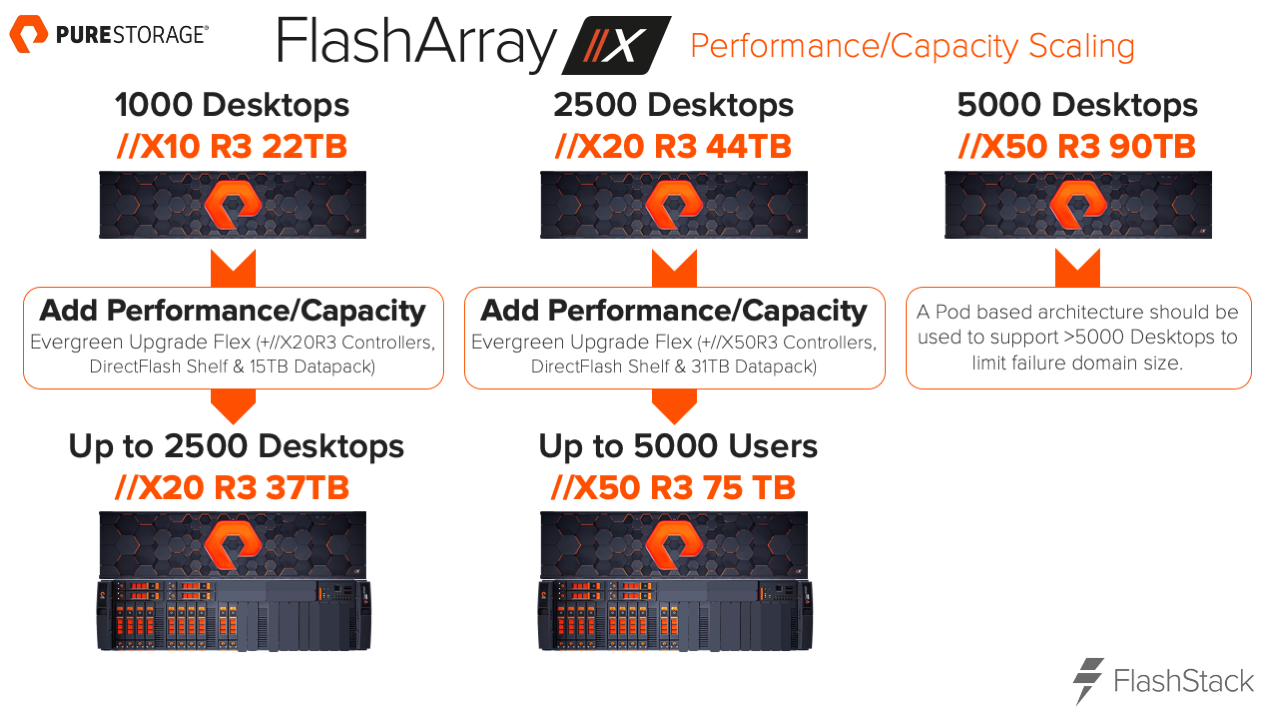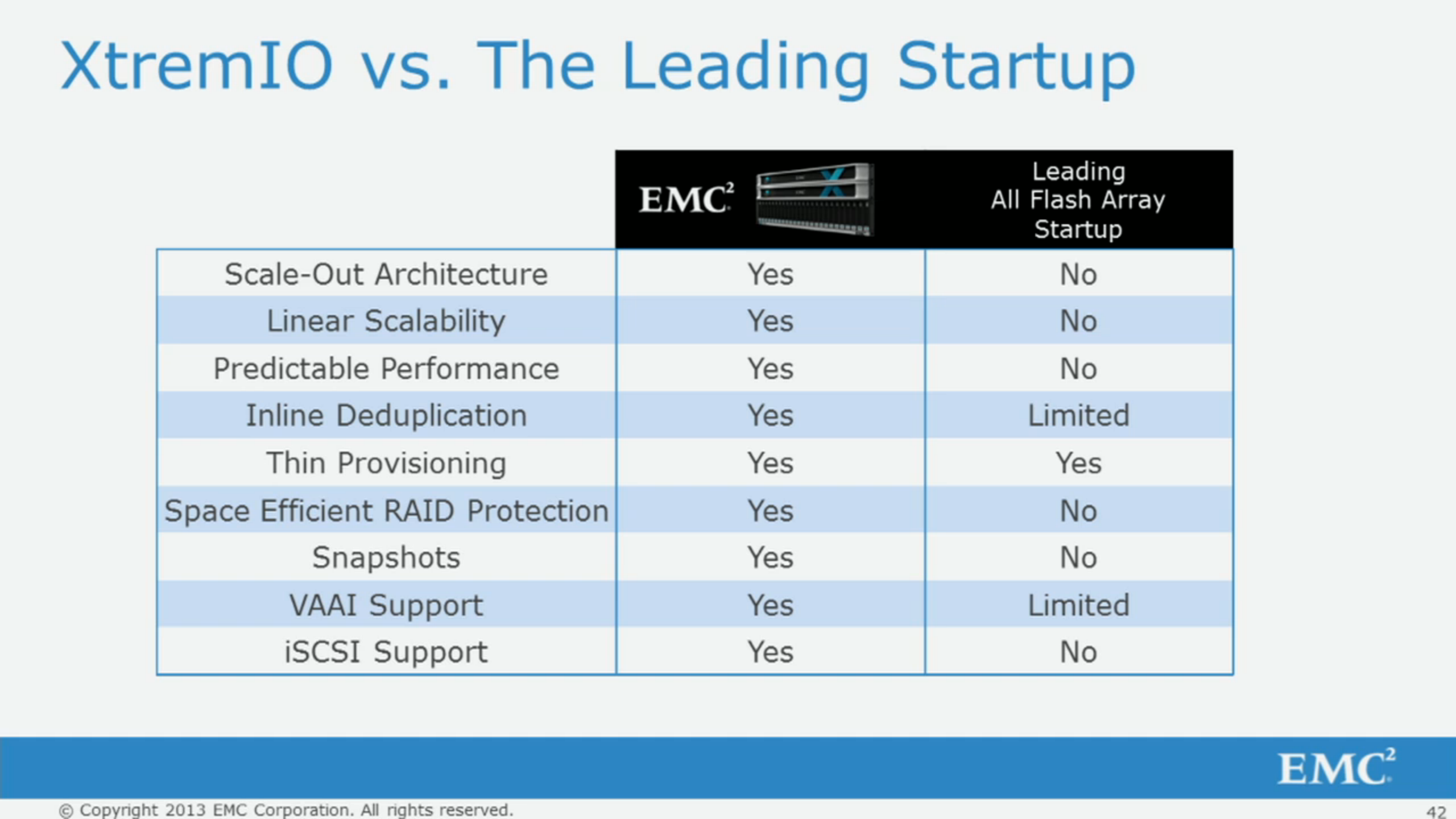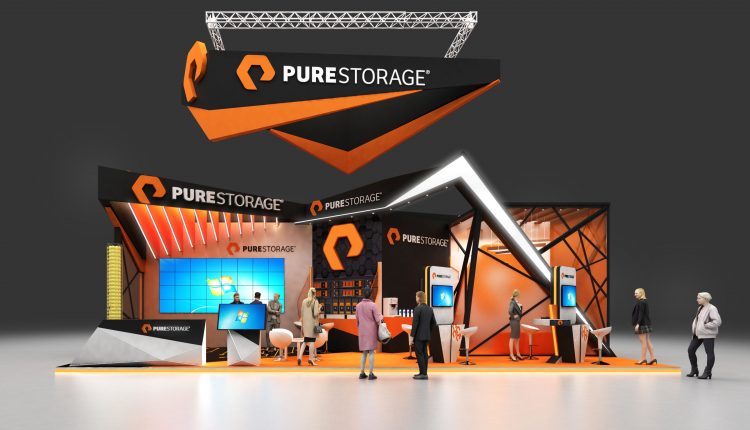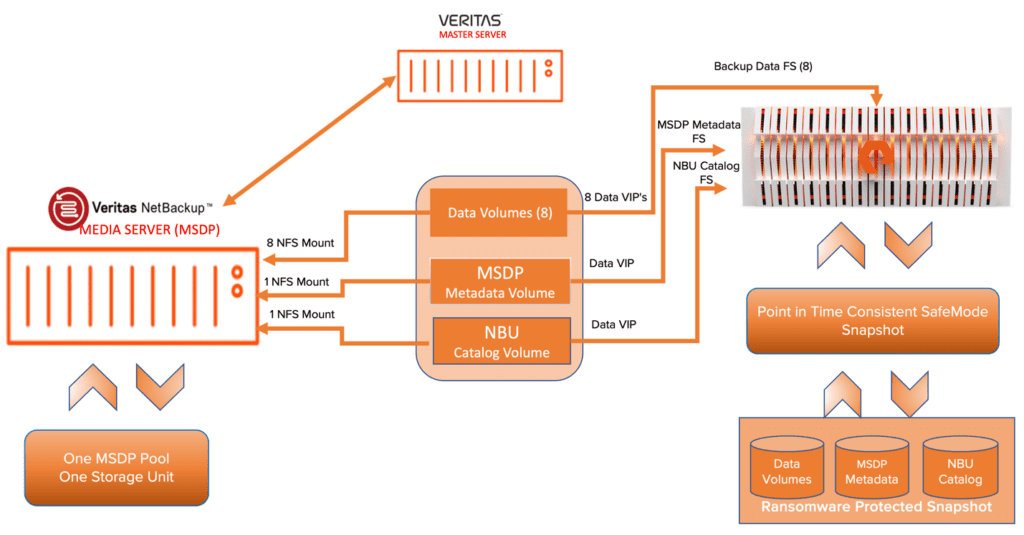Pure Storage Flash Array Architecture

Pete kirkpatrick chief hardware architect at pure storage reviews the inner workings of the flasharray x their 100 nvme all flash array.
Pure storage flash array architecture. Get high capacity storage without compromise from pure storage. Of course simply offering a tier 2 array isn t enough to gain customers in a competitive market like all flash storage. Pure storage overview pure storage is the leading all flash enterprise array vendor committed to enabling companies of all sizes to transform their businesses with flash. Successful candidates are architecture professionals who have 3 5 years of storage industry experience and 12 24 months of pure storage flasharray experience.
The data point fluctuations represent changes in physical storage consumed by a volume. In the array capacity chart the point in time pop up displays the following metrics. Built on 100 mlc flash pure storage flasharray m delivers all flash enterprise storage that is. The future will demand far more and nvme enables a new flash array architecture at the scale necessary for the cloud era.
Flasharray c enables pure storage to offer businesses the benefits of lower cost flash with all of the features and functionality already available for flasharray x. Pure storage overview pure storage is the leading all flash enterprise array vendor committed to enabling companies of all sizes to transform their businesses with flash. Successful candidates are architecture professionals who have at least 5 years of storage industry experience and 2 years of pure storage flasharray experience. Successful candidates have expertise in delivering fast and reliable solutions that unlock business value and eliminate deployment risk.
Flasharray c is the first all qlc flash storage array delivering nvme performance hyper consolidation and simplified management for capacity oriented workloads with a tco lower than hard disks and hybrids. The array capacity chart displays the amount of usable physical storage on the array and the amount of storage occupied by data and metadata.
